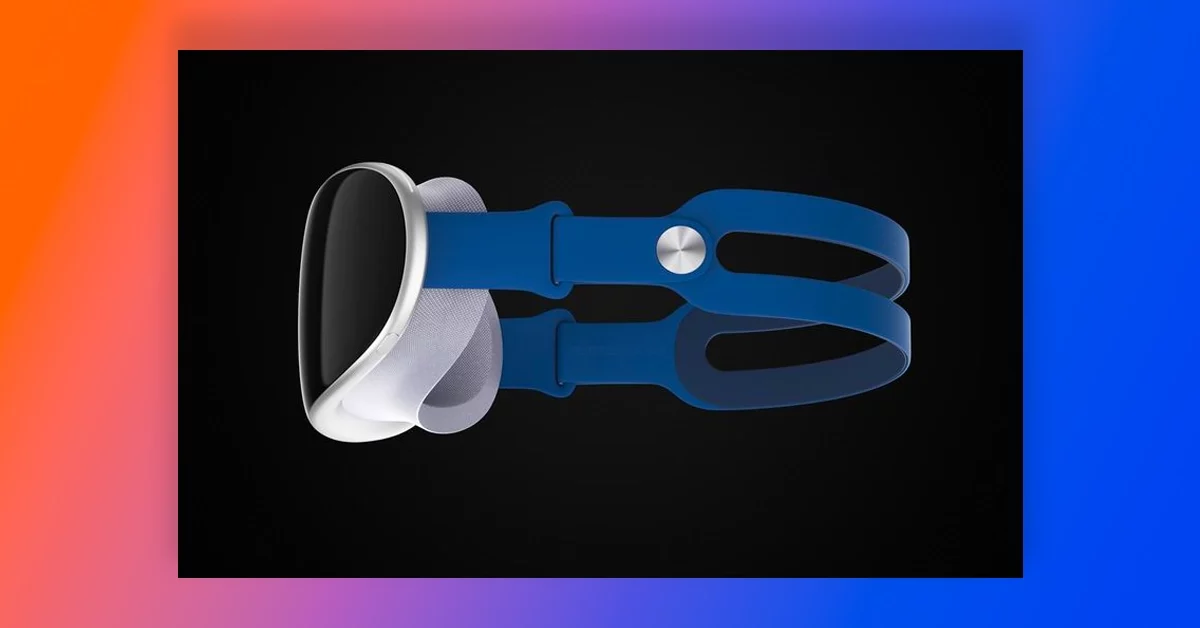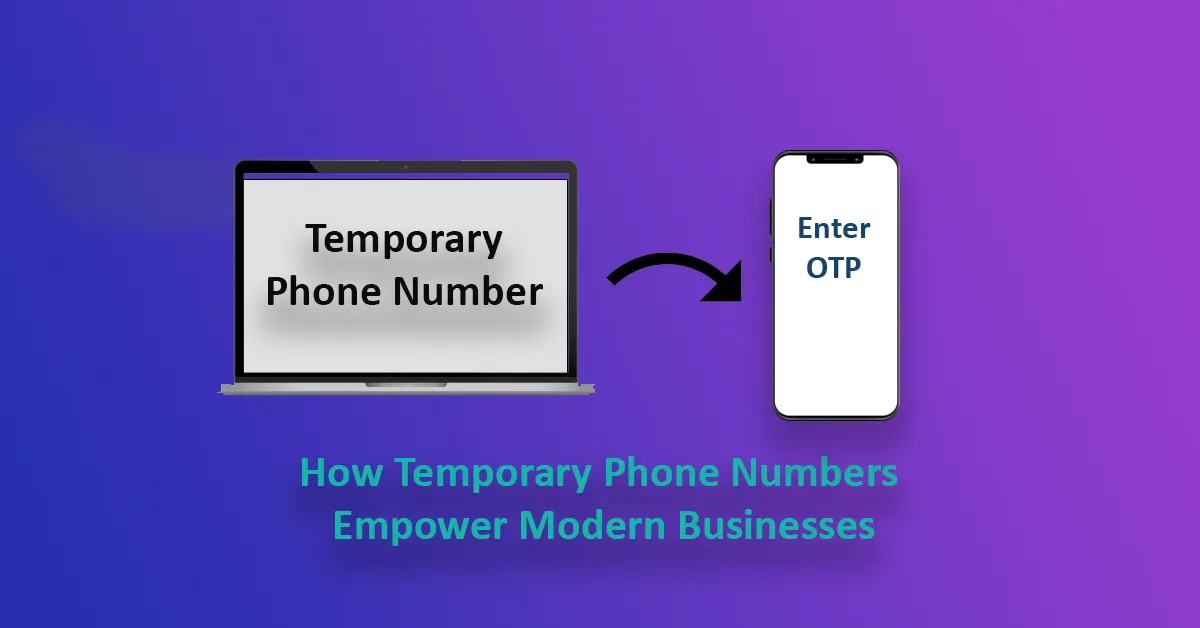
Sony Project Q: The Next Evolution in Handheld Gaming
Snehil
- 0
Last month I wrote about the upcoming ambitious device from Sony – PS5 Handheld. While everyone is shifting towards streaming, Sony is experimenting with a new handheld device, internally called Sony Project Q that acts as a mini console, but is restricted to your home.
The upcoming Sony handheld Q, requires a local PS5 to access the computing power and a good internet connection to stream games to your local console. Benefits – You get the console level graphics in a handheld device. It basically acts as a secondary bedtime gaming unit when you may not want to switch on your TV. Although this functionality could be fitted into a smartphone, but Sony seems to have gone a step further and combined a HD display and its signature dual shock controller into a very sleek looking handheld device.
Sony Project Q : A Game-Changing Handheld Gaming Device
Sony’s Project Q is set to redefine handheld gaming with its impressive features. With its expansive 8-inch HD screen, players can enjoy an immersive gaming experience like never before. Furthermore, Project Q supports all the cutting-edge features of the DualSense controller, including haptic feedback and adaptive triggers. This ensures that users can enjoy the full range of sensory experiences that their PS5 games offer, even while on the move. Adding to its portability, the device operates through a convenient Wi-Fi connection, eliminating the need for cumbersome cables.
Strength and Weakness of Project Q
Project Q offers several noteworthy advantages, such as its large HD screen, which surpasses the screens found on most other handheld gaming devices. Additionally, it provides gamers with the complete DualSense controller experience, enhancing the overall immersion. Moreover, the device’s Wi-Fi streaming capability allows players to access their PS5 games without any physical connectivity requirements. On the flip side, Project Q is dependent on owning a PS5, which may limit its accessibility for some users. It is also worth noting that the device comes with a higher price tag and might initially have a limited game library.
Strength:
- Large, HD screen
- All the features of the DualSense controller
- Wi-Fi streaming
Weakness:
- Requires a PS5, unlike Vita
- Not usable out of Wi-fi coverage of local PS5
Comparison to Other Handheld Gaming Devices
When compared to its competitors, such as the Nintendo Switch and Steam Deck, Project Q demonstrates several key advantages. The device offers a larger screen than both the Switch and the Steam Deck, contributing to a more immersive gaming experience. Additionally, Project Q’s integration of the DualSense controller’s features sets it apart from its counterparts. Finally, its Wi-Fi connectivity ensures greater raw-processing power, surpassing the on-device hardware limitations of the Nintendo Switch and the Steam Deck.
How Project Q Differs from Playstation Vita
Project Q distinguishes itself from its predecessor, the Playstation Vita, in several crucial aspects. Unlike the Vita, which relied on proprietary memory cards, Project Q is powered by a convenient Wi-Fi connection, eliminating the need for additional accessories. Furthermore, Project Q incorporates the DualSense controller’s advanced features, such as haptic feedback and adaptive triggers, which were absent in the Playstation Vita. Lastly, while the Playstation Vita was discontinued in 2019, Project Q is expected to make its debut later this year, signaling Sony’s commitment to handheld gaming.

Potential Success of Project Q
Project Q holds immense potential for success in the handheld gaming market. With its standout features and competitive pricing, Sony has positioned the device to capture the interest of gaming enthusiasts. However, its ultimate triumph will largely depend on the availability and quality of games. If Sony can ensure a diverse and compelling game library, Project Q is poised to make a lasting impact on the handheld gaming landscape.
How Sony Can Capture the Online Gaming Market from Microsoft
To gain an edge over Microsoft in the online gaming market, Sony should focus on key areas. First and foremost, the company should continue to deliver high-quality games, attracting gamers to their platform. Additionally, offering an affordable online gaming service will encourage more players to choose Sony over its competitors. Finally, enhancing social connectivity features, enabling seamless interaction between friends and family, will further enhance Sony’s competitive advantage. The Project Q targets a premium niche of gamers, but many users would want a totally portable handheld device that doesn’t require a PS5 locally. Please feel free to voice down your opinion in the comment sections.
FAQs
What is Sony’s Project Q?
Sony’s Project Q is an upcoming handheld gaming device from Sony that offers console-level graphics and a sleek design. It requires a local PS5 and a good internet connection for streaming games to the handheld device.
What are the features of Sony’s Project Q?
The benefits of Sony’s Project Q include console-level graphics in a handheld device, acting as a secondary gaming unit, and a combination of an 8-inch HD screen and the DualSense controller’s features for an immersive gaming experience.
How does Sony’s Project Q compare to other handheld gaming devices?
Compared to competitors like the Nintendo Switch and Steam Deck, Sony’s Project Q offers advantages such as a larger screen, integration of the DualSense controller’s features, and greater raw-processing power through Wi-Fi connectivity.
How does Sony’s Project Q differ from the Playstation Vita?
Sony’s Project Q differs from the Playstation Vita by eliminating the need for proprietary memory cards and relying on a Wi-Fi connection instead. Project Q also incorporates the advanced features of the DualSense controller, which were absent in the Playstation Vita.
Can the Project Q be used as a totally portable handheld device without requiring a PS5 locally?
No, the Project Q requires a local PS5 for accessing the computing power and streaming games. It is not designed to be a standalone portable device.


